Taking your car out on the road requires responsibility, to abide by the road rules and regulations. You communicate with other drivers on the road mostly with your vehicle’s headlights, taillights, and indicators. So, one should make sure that the lights all around his vehicle are functional and are not hazardous to other drivers on road.
See and Be Seen
An important requirement for safe on-road traveling is to make sure that you have good visibility and can observe any obstacles or other vehicles even in extreme weather conditions such as fog, rain, hail, or at night.
Brightness and Beam Pattern
Good road visibility can be ensured with decent headlights, that are bright and have a good beam pattern to illuminate the path ahead without dazzling the oncoming drivers. You can swap out the existing halogens on your car with LED headlights to increase the brightness 5-10X.
Headlight Height adjustment
Beam height can be adjusted on most headlights for optimal visibility. Incorrect alignment of the headlights can result in poor visibility or can cause glare to the oncoming drivers.

Taillights and reflectors
In addition to being able to well observe others on road, you also need to make sure that your vehicle can be seen easily at night. Functional Taillights and reflectors on the back ensure that your vehicle is easily visible from far behind even at nighttime.
Functional Electrical Connections
Working electrical connections to the headlights, taillights and the indicators are critical in a vehicle for the driver to communicate with other drivers for civilized driving.
Ensuring Its Road Legal
Substandard headlight bulbs from companies that no one has ever heard of, can produce a poor beam pattern that might get you pulled over. Before making any modifications to the vehicle you should make sure that it's legal in your state by going through the state’s vehicle code.
Modifications
Doing modifications to the vehicle lighting equipment i.e., even adding components such as a ballast in case of HIDs or replacing the headlights with higher wattage ones can be ill legal in some states in the US. According to it vehicles that do not come with HIDs or LEDs from the factory can not be fitted with aftermarket lighting equipment other than typical halogens with the same dimensions and wattage.
Unprofessionally done Modifications
Amateurishly installed aftermarket headlights can be dangerous especially for the oncoming traffic. As HIDs have got more accessible and cheaper, a lot of new companies are providing cheap HID conversion kits and installation services, on headlight housings that aren’t even compatible with it. HIDs mostly work well in projector headlamps due to their multidirectional light source. Installing HIDs on reflector headlamps that come with halogens from the factory mostly produces a poor beam pattern and a bright glare that can blind the oncoming traffic for a moment.
Such a job can easily be detected by the highway police and would get you a ticket whereas professionally installed HIDs or LEDs by using quality products and ensuring perfect bulb alignment might not even get noticed.
Tinted or Smoked Lights
Headlight tints other than shades of yellow are illegal in most of the states across the US. This means that using halogen headlamps with blue tints to imitate xenon HIDs is also illegal. Smoked Taillights that effectively reduce the turn signal, brake lamps, and reflectors visibility are also considered illegal in the US. Smoked headlights sure do look cool in the daylight, but they can reduce the overall bulbs output at night up to 20-30% and heat up the headlight’s lens even further.
Maintenance for optimum visibility
Bulbs Aging
Deterioration in on-road visibility is a clear sign that the headlamps have completed their service life and need replacement. Sometimes the brightness of both the headlamps does not stay equal as one ages up sooner than the other. One shall not wait for them to completely die and replace the bulb when it is showing signs of aging. Whenever replacing the vehicle headlamps, do not ever replace a single bulb. The old pair shall be replaced with a new working pair to ensure homogeneity in the brightness and beam.
Lens Deterioration
The light output of your vehicle can also be obstructed with a worn-out or oxidized headlight lens. The external lens of your headlights gets a yellow layer from oxidation over time. Oxidation of the headlight lens can be fixed by buffing and polishing the lens and applying a protection film to avoid premature oxidation in the future.
Conclusion
Functional lights are critical in a vehicle for safe and civilized touring on road. They ensure a good nighttime vision for the driver and inform the surrounding drivers of the vehicle’s presence. Hence right automotive lighting practices should be adopted by the driver for everyone’s safety on road.

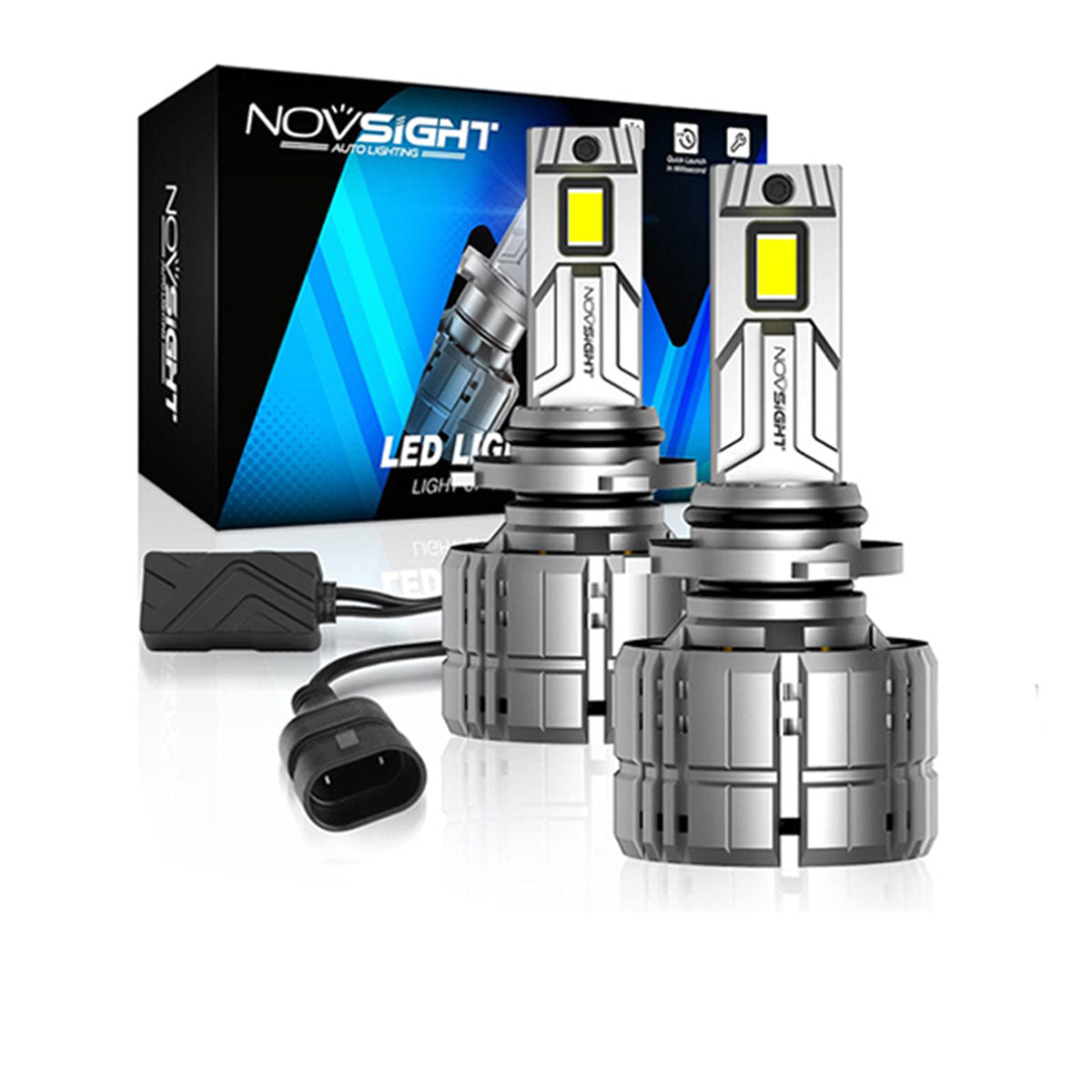
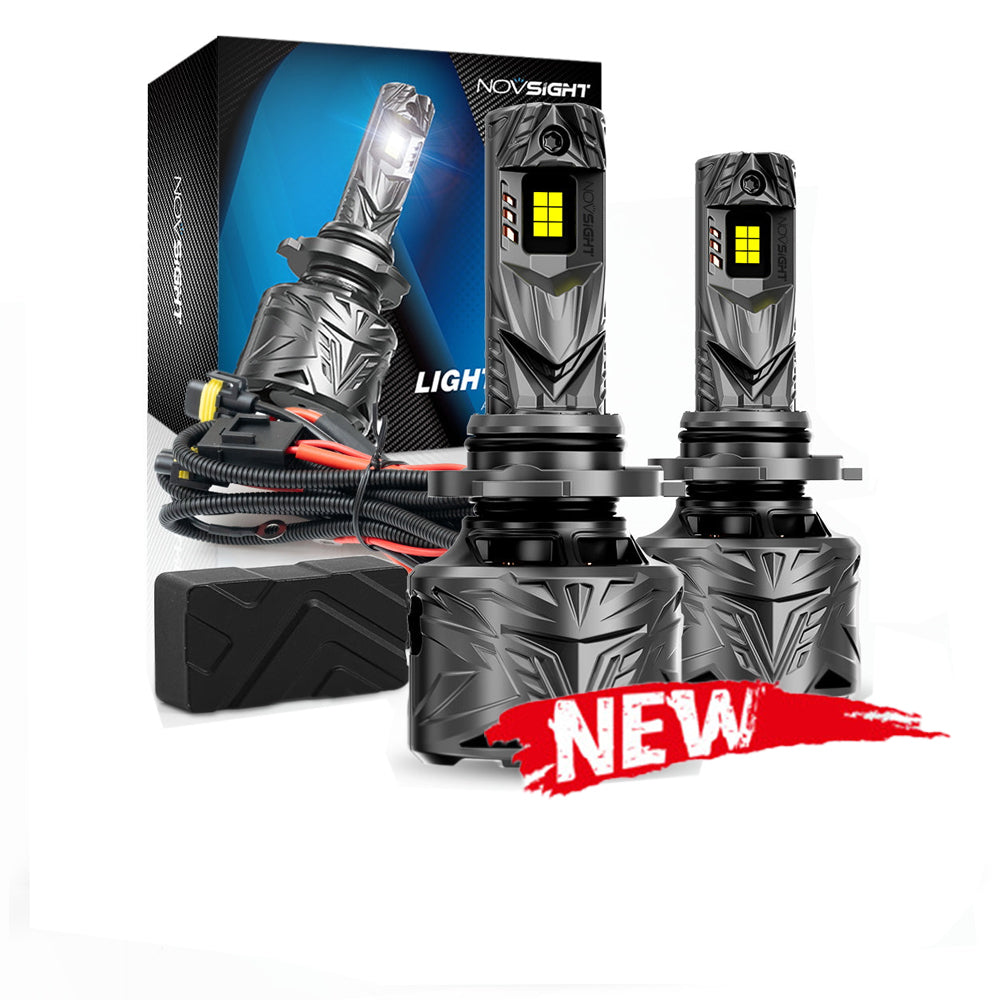

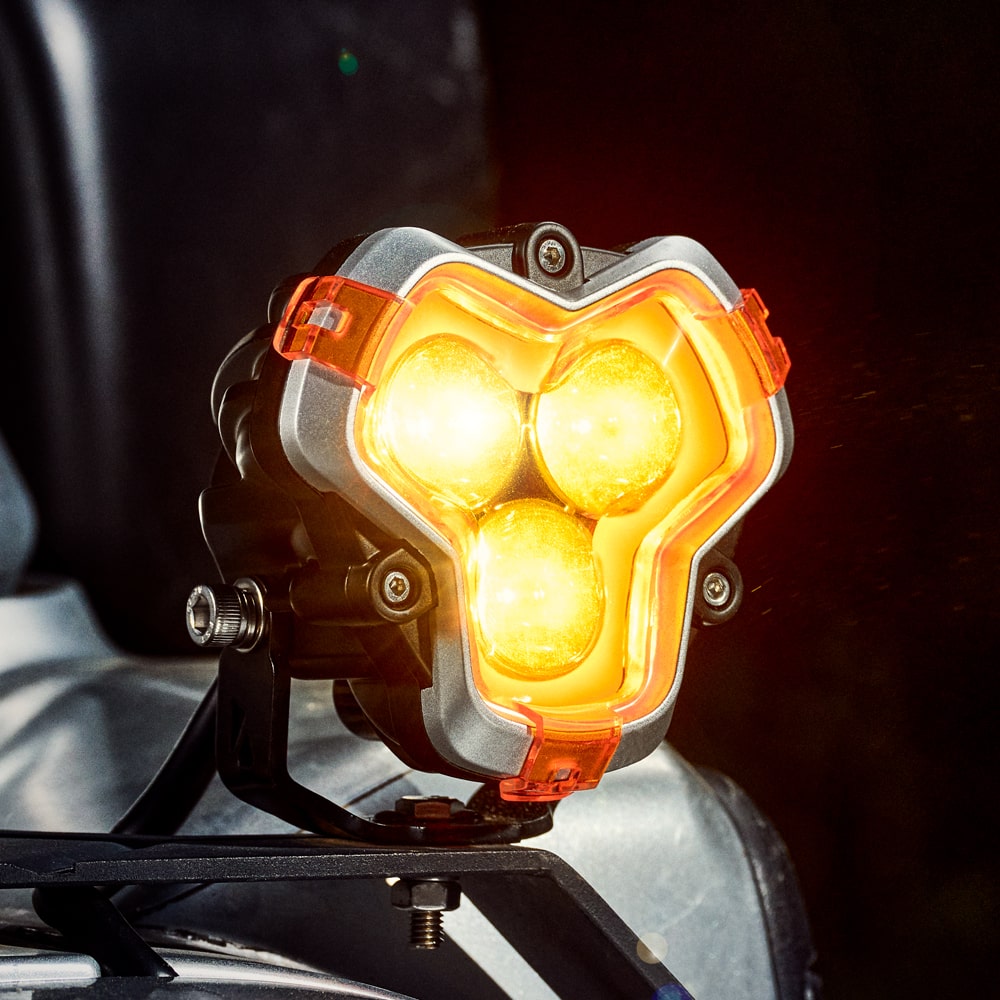

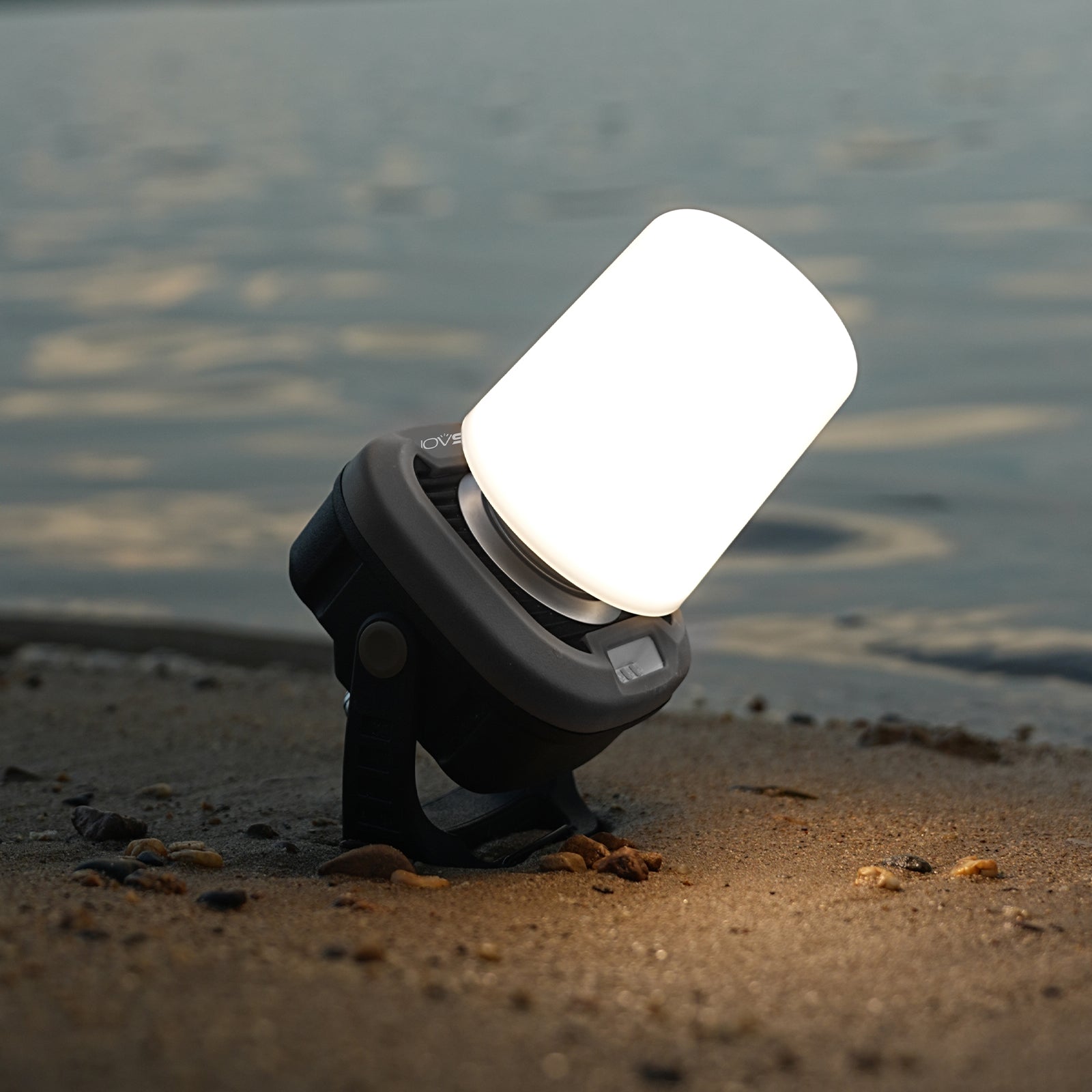

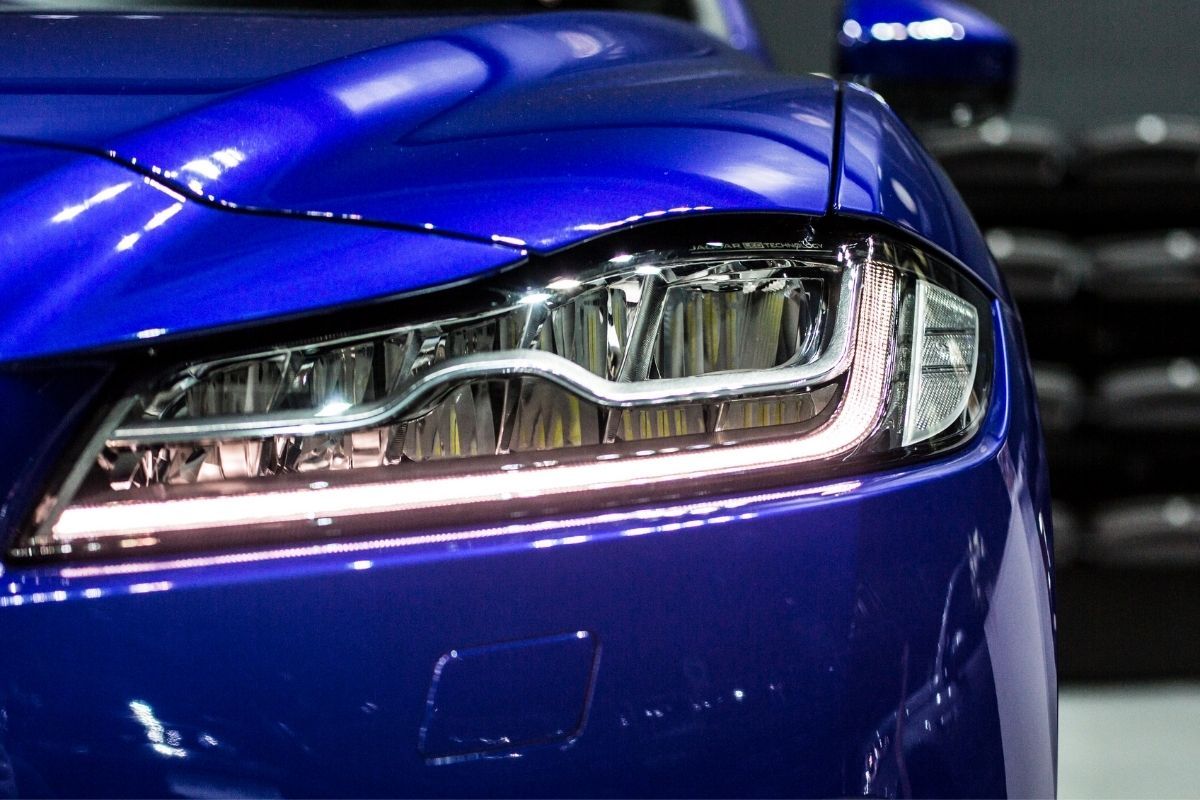
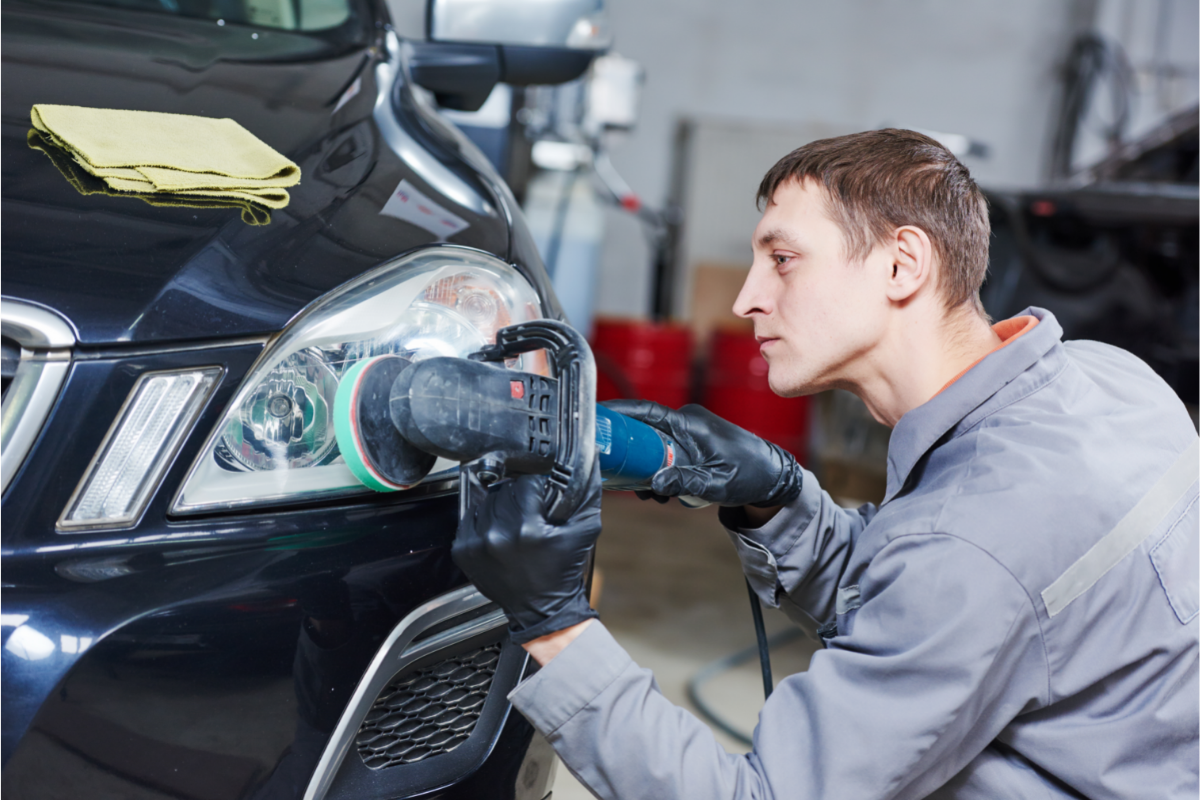
Leave a comment
All comments are moderated before being published.
This site is protected by hCaptcha and the hCaptcha Privacy Policy and Terms of Service apply.